Low-Carb Pita Bread (4.4g Net Carbs)
This recipe may contain Amazon or other affiliate links. As an Amazon Associate I earn from qualifying purchases.
These Low-Carb Pita Bread Pockets are soft pita flatbreads made from low-carb flour and no eggs, so you can share them with your vegan keto guests. Plus, one pita bread only contains 4.4 grams of net carbs, and they are gluten-free.
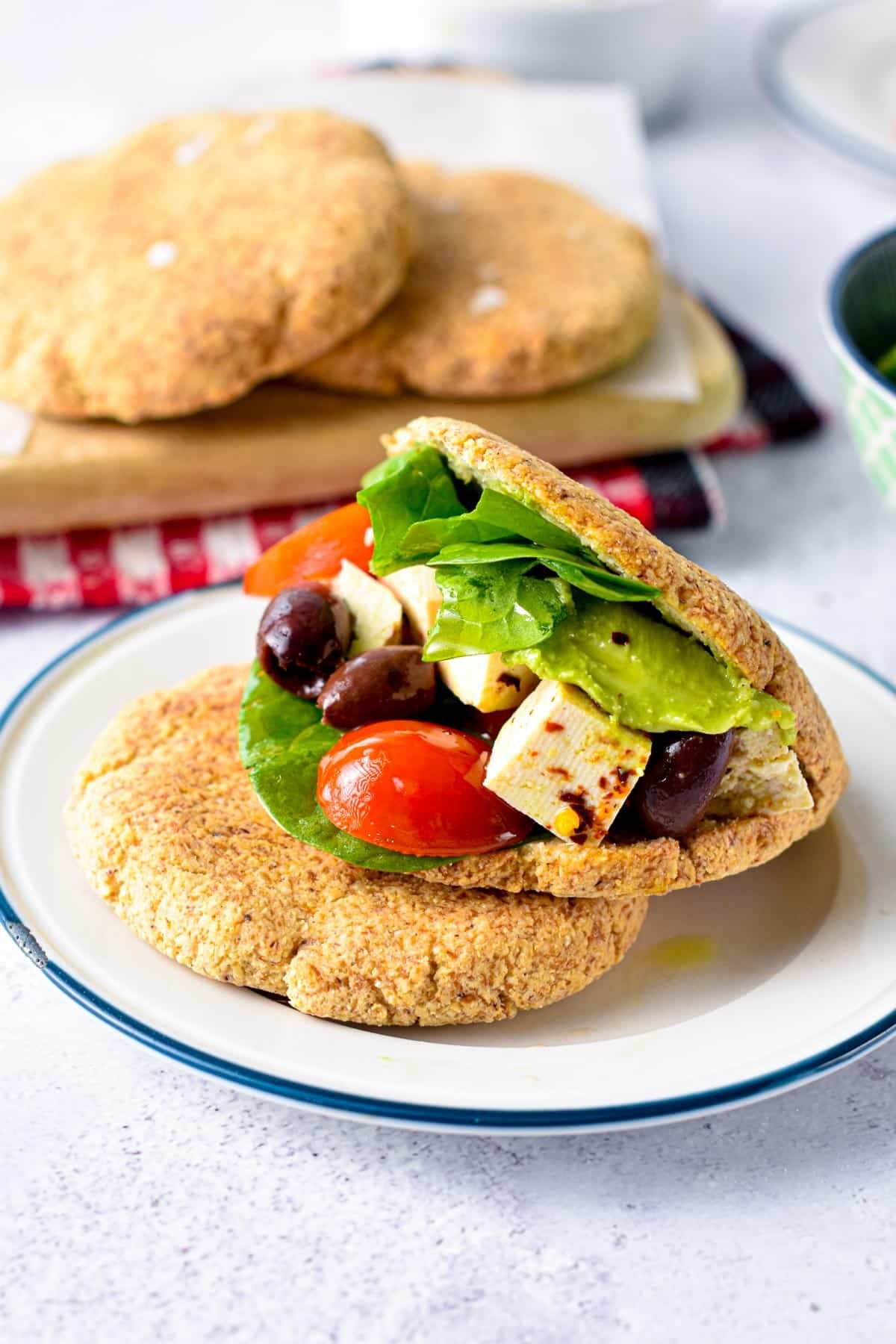
You might have tried some of my other low-carb bread recipes, but if you need keto-friendly and Mediterranean diet-friendly bread, you need this low-carb pita bread recipe.
Classic pita bread is made from all-purpose wheat flour. Pita bread is to the Mediterranean what flour tortillas are to Latin America. They are made with very similar ingredients, and the nutrition facts of pita are similar, pretty high in carbs like any flour tortillas.
However, you can make low-carb pita easily using a blend of low-carb flour.
Why You’ll Love This Recipe
If you love pita bread, this low-carb version is perfect to use as pita flatbread or pita pockets. They open very well like a pocket and can be filled with any of your favorite pita fillings. Plus, you will probably love that this keto pita breads are also naturally:
- Egg-Free – It’s useful to have a recipe without eggs when there are egg shortages.
- Gluten-Free
- Grain-Free
- Vegan – Perfect for a low-carb vegan lunch.
- Paleo-Friendly
Let me share with you how you can bake delicious low-carb pita bread.
Ingredients and Substitutions
All you need to make keto pita breads are:
- Ultra Fine Almond Flour – I don’t recommend using almond meal for low-carb bread recipes. An almond meal is also healthy and low-carb, but it does terribly in low-carb bread. It creates a gritty texture and dark color.
- Coconut Flour – You need a combination of low-carb flour in this recipe. Don’t attempt to use only almond flour or only coconut flour because the bread won’t come out good at all. In fact, the combination of both flours makes the pita soft in the center, crispy on the outside, and easy to cut and open as a pocket.
- Whole Psyllium Husk – This is not ground psyllium husk. Don’t confuse it with psyllium husk powder, a food supplement made from 50% husk. Brands like Metamucil are not made for baking. You do need whole husks for success in this pita bread recipe.
- Baking Powder – To make them puff.
- Garlic Powder and Salt – season to taste.
- Warm Water – Around 110°F (40°C).
- Avocado Oil or olive oil
- Apple Cider Vinegar or lemon juice
How To Make Low Carb Pita Bread
If you are new to low-carb baking, this low-carb pita recipe is the easiest one you will find.
- First, add all the dry ingredients to a mixing bowl and use a whisk or silicone spatula to stir and combine them.
- This step matters. If you don’t stir all the dry ingredients before adding the wet ones, you end up with lumps.
- Now, add all the liquid ingredients and stir again. Initially, the texture is very soft and fluid, but as you go, it thickens and should form a dough ball. You must stir for at least one minute to see a change in texture. If too dry, add more water. This happens if you add too much flour or use ground husk. If too wet, don’t do anything before the resting time because it is needed for the fiber in the husk to bind the flour.
- Let the dough rest at room temperature for 10 minutes.
- Preheat the oven to 350°F (180°C). Line a large baking sheet with slightly oiled parchment paper. Set aside. After that time, the pita dough should be soft, not too dry or wet. Next, use a sharp knife to divide the dough into four equal dough pieces.
- Oil your hands and roll each dough ball into nice round balls.
- Place one piece of slightly oiled parchment paper in front of you on a working bench.
- Add one ball of dough onto the paper, slightly oil your hand, and gently press down the dough ball with the palm of your hand. You can add a piece of parchment paper on top of the dough and use a rolling pin to slightly flatten and roll out the dough into a 3.5-inch wide circle (9 cm) and 0.25-inch thick (6 mm). Don’t flatten them too much, or it won’t be possible to cut them into a pita pocket. These pita bread won’t puff much. Next, you must shape the bread in your desired shape and size.
- Peel off the top piece of parchment paper on top of the ball – if you used some.
- Transfer the rolled pita bread onto the prepared baking sheet and repeat the step above to roll the remaining dough. If the sides of the pita bread look cracked, wet your fingers a little and pat the sides to smoothen them.
- Bake all the pitas in the same pan at 350°F (180°C), leaving some space between each. The pita bread won’t expand in the oven, but it will puff slightly.
- Bake for 15 minutes, flip the bread and keep baking for another 10 to 15 minutes or until golden brown and darkened.
- Cool down the low-carb pita bread on a wire rack completely before using.
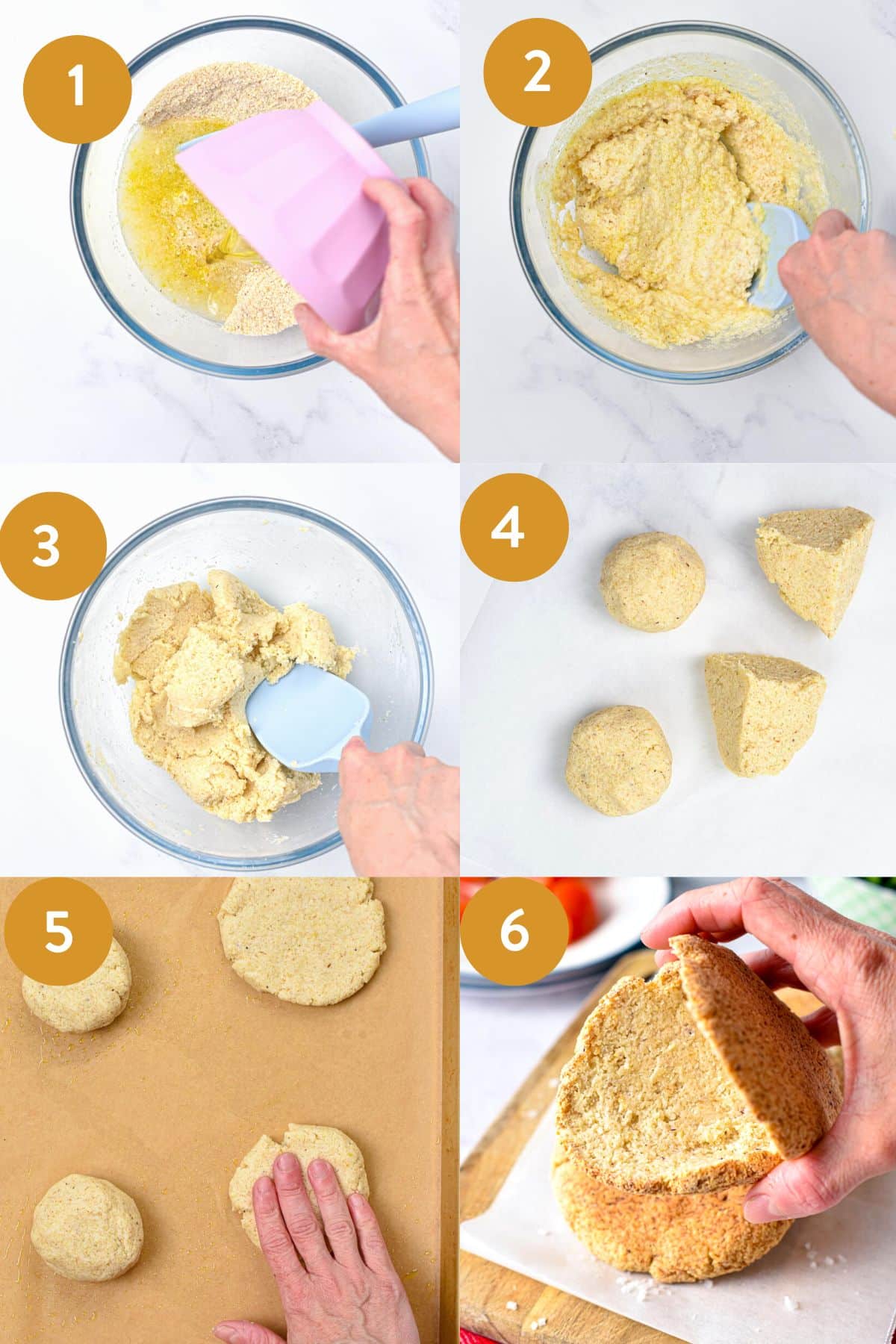
Serving Pita Bread
This pita bread recipe can make pita pockets or pita bread pizza. To use this low-carb sandwich bread as a pita pockets, use a serrated knife to cut the round pitas halfway starting from the side.
The best low-carb fillings for pita bread are any low-carb vegetables, meat, or spread. Below are some serving suggestions.
- Za’alouk -an eggplant olive oil dip perfect to spread in the bread.
- Lemon Pepper Chicken Tenders
- Feta cheese
- Spinach
- Cucumber slices
- Chicken breasts – use my Greek chicken marinade for Mediterranean flavors.
- Shirazi salad
- Halved cherry tomatoes
- Keto hummus
- Keto Babaganoush
You don’t have to use a pita as a pita pocket. You can also use this recipe to make pita bread pizza by adding your favorite pizza toppings. Then, bake the pita at 350°F (180°C) until the cheese is melted. The best toppings for this will be:
- Keto Pizza Sauce
- Grated mozzarella
- Olives
- Chorizo or ham
- Mushrooms
- Red bell pepper
Storage Instructions
These low-carb pita bread can be stored well at room temperature and wrapped in a clean kitchen towel. They last for up to 2 to 3 days and can be stored even longer in the fridge. You can freeze keto pita bread in zip-lock bags. They last for up to one month in the freezer. Thaw the pita the day before serving at room temperature and rewarm them in a bread toaster or air fryer.
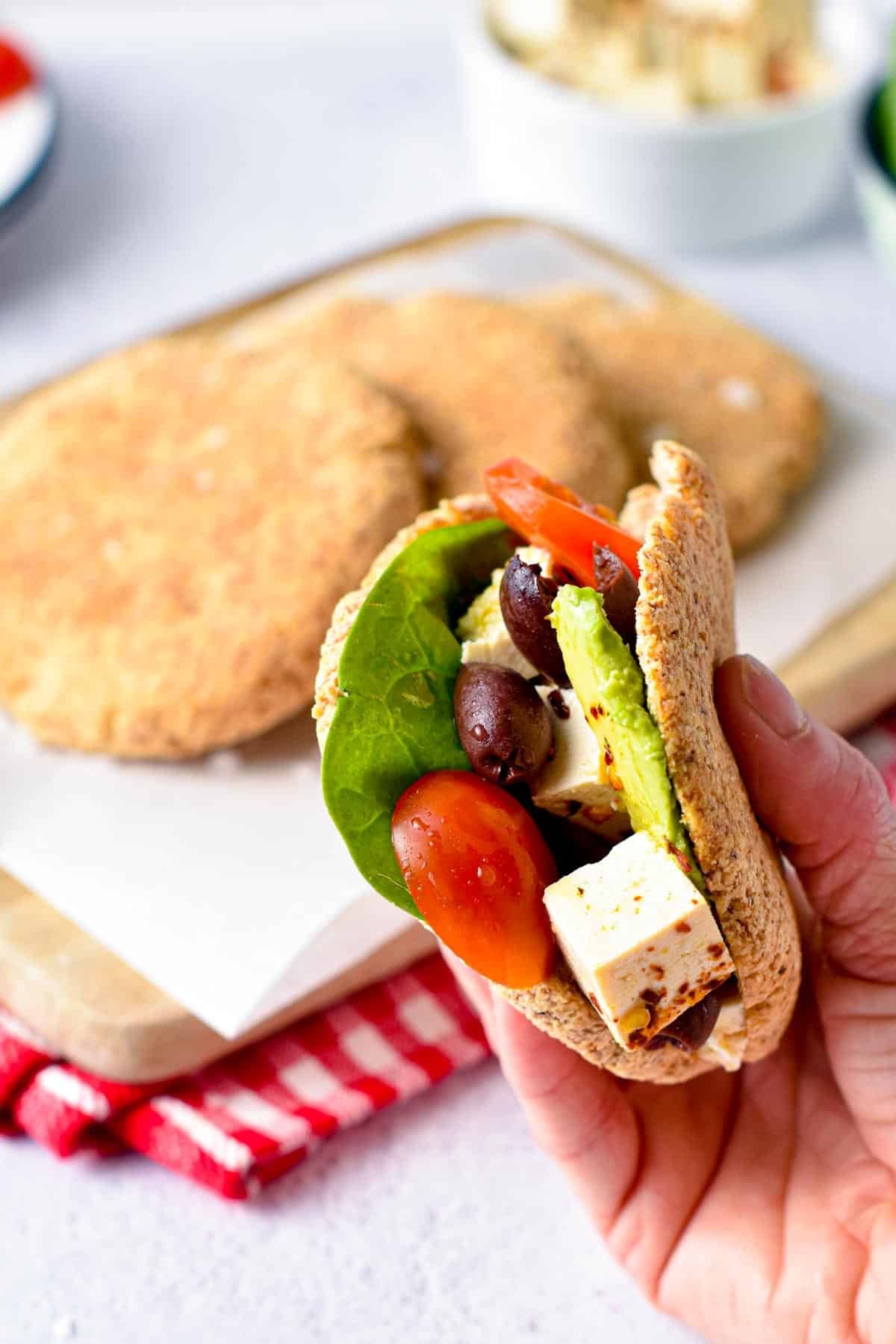
Allergy Swaps
Below are some ingredients substitution ideas if you need:
- Nut-Free – There are two great low-carb nut-free flour you can use to replace almond flour. Use the same amount of sesame seed flour or sunflower seed flour. However, keep in mind that these flour turn the bread a bit green in color and they are slightly more bitter.
- Oil Swaps – You can use any oil you have on hand like olive oil or nut oil like almond oil, walnut oil, or melted butter.
Frequently Asked Questions
Find below my answers to your most common questions about this keto pita bread recipe.
No, you can’t use anything else or skip this ingredient. Psyllium husk is almost pure fiber. It’s naturaland good for your guts. In keto bread, it adds chewiness and binds the ingredients without using eggs. That said, eggs won’t work as a swap for husk in this recipe.
No, you need a combination of coconut and almond flour or the pita pockets are too hard and fragile. They wouldn’t slice as well as a classic pita pocket.
You can use ground husk if it’s a brand made for baking and not a food supplement made with 50% husk. However, husk powder absorbs more liquid and may need more water to reach the same texture. Also, readers reported a change in bread color using husk powder. The bread often turns purple-blue, which doesn’t change taste or properties but looks unappealing.
Yes, you can cook this bread in a non-stick pan. No need to add oil. However, they take a little longer to cook in the center and might stay doughty. That’s why I recommend baking low-carb pita bread instead.
More Low-Carb Bread Recipes
If you like this low-carb pita recipe, you’ll love these other low-carb, gluten-free bread recipes.
Did You Like This Recipe?
Leave a comment below or head to our Facebook page for tips, our Instagram page for inspiration, our Pinterest for saving recipes, and Flipboard to get all the new ones!
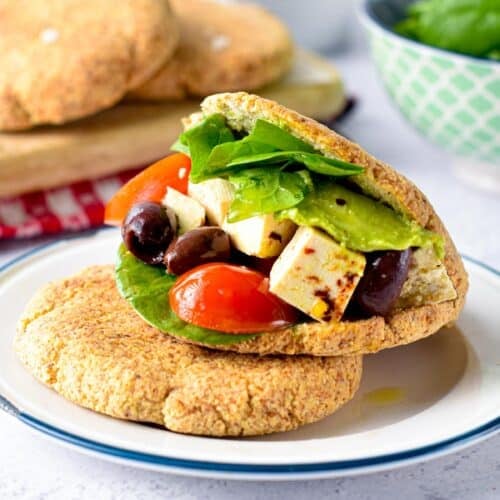
Low Carb Pita Bread
Ingredients
Dry Ingredients
- ¾ cup Almond Flour
- 4 tablespoons Coconut Flour
- 2 tablespoons Whole Psyllium Husk
- 2 teaspoons Baking Powder
- ¼ teaspoon Garlic powder optional, for garlic pita bread
- ¼ teaspoon Salt
Wet Ingredients
- ¾ cup Lukewarm Water
- 2 tablespoons Avocado Oil
- 1 teaspoon Apple Cider Vinegar
Instructions
- In a large bowl, whisk all the dry ingredients together: almond flour, coconut flour, salt, baking powder, and garlic powder if used.
- Make a well in the center of the dry ingredients, and pour in lukewarm water, avocado oil, and apple cider vinegar.
- Stir with a silicone spatula for 1-2 minutes until the dough dries out and easily comes together into a dough ball.
- Let the dough rest for 10 minutes in the bowl at room temperature.
- Divide the dough into four even portions. Then, roll them into a ball between slightly oiled or wet hands.
- Preheat the oven to 350°F (180°C). Line a large baking sheet with parchment paper. Slightly oil the paper with olive oil.
- Place the dough balls on a piece of slightly oiled parchment paper. Place another piece of parchment paper and top and press it with your hands to flatten them. Then, use a rolling pin to spread them a bit, but keep them thick like regular pitas. Mine are 3.5 inches wide (9 cm) and 1/4 inch thick (6 mm). These pita pockets won't puff or grow in the oven, so the shape and size you give them now matter! If they are too thin, you won't be able to cut them into pockets.
- Peel off the top piece of parchment paper and use wet fingers to pat the sides if they crack and make the sides smooth.
- Transfer pita bread to the prepared baking sheet and bake on the center rack for 20-30 minutes, flipping halfway. Bake until golden brown.
- Cool down on the baking sheet for 5 minutes, then on a cooling rack until they reach room temperature.
Serving
- Use as pita flatbread or pita pockets – depending on how thick you keep yours, they are more or less easy to open as a pocket.
Storage
- Store the pita pockets wrapped in a clean kitchen towel for up to 2-3 days at room temperature or for 4 days in the fridge. Freeze them for up to 1 month and thaw them at room temperature.
Tools
Getting Started What Is Keto? Macro Calculator Sweetener Converter Intermittent Fasting Keto Fruits Keto Vegetables Keto Flours Fighting Keto Flu Healthy SweetenersWant My Kitchen Equipment?
Nutrition
Disclaimer
The recipes, instructions, and articles on this website should not be taken or used as medical advice. You must consult with your doctor before starting on a keto or low-carb diet. The nutritional data provided on Sweetashoney is to be used as indicative only.
The nutrition data is calculated using WP Recipe Maker. Net Carbs is calculated by removing the fiber and some sweeteners from the total Carbohydrates. As an example, a recipe with 10 grams of Carbs per 100 grams that contains 3 grams of erythritol and 5 grams of fiber will have a net carbs content of 2 grams. Some sweeteners are excluded because they are not metabolized.
You should always calculate the nutritional data yourself instead of relying on Sweetashoney's data. Sweetashoney and its recipes and articles are not intended to cure, prevent, diagnose, or treat any disease. Sweetashoney cannot be liable for adverse reactions or any other outcome resulting from the use of recipes or advice found on the Website.
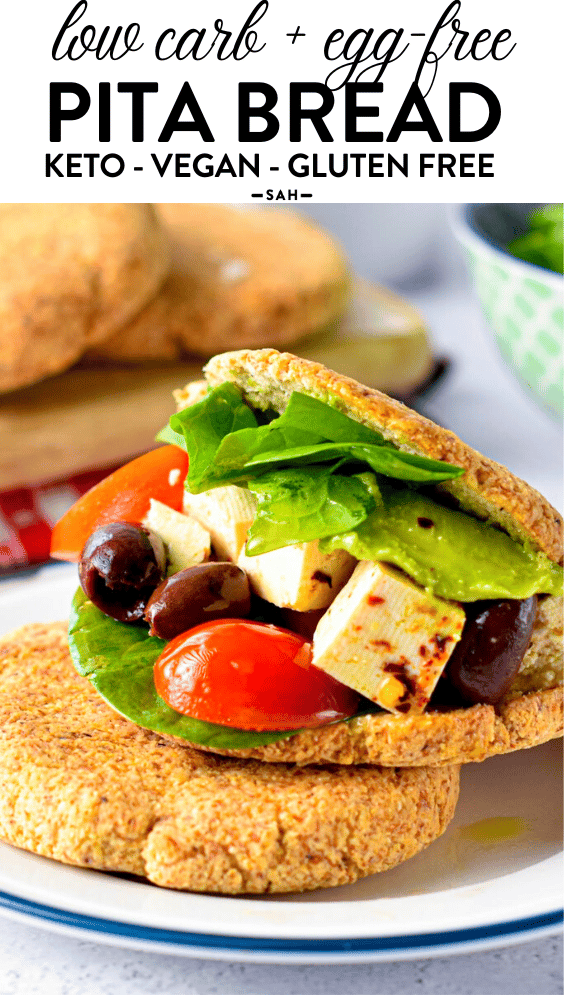
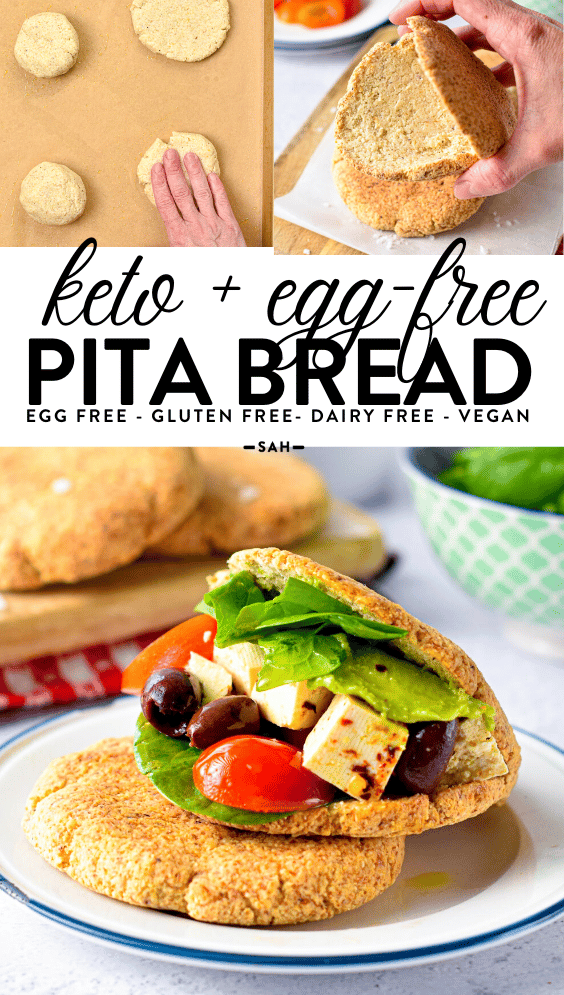
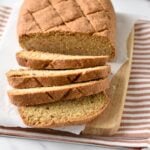
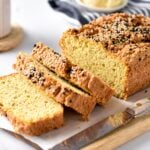

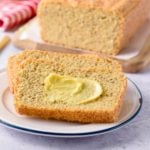
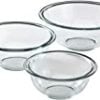
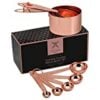
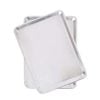
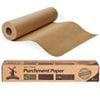

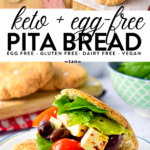
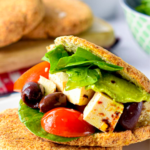
Share this post!
If you enjoyed this post, share it with your close ones!
Leave a comment